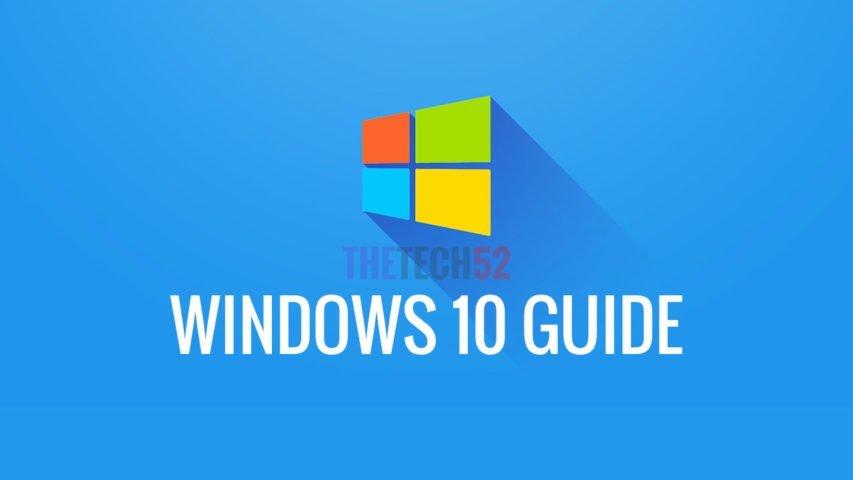Microsoft has officially released the latest version of Windows 11 to users. The following article will show you how to upgrade from Windows 10 to Windows 11 for free.
After a few months of being in beta for developers, Windows 11 is now officially available to users. With many improvements in both interface, features, and performance.
Currently, Windows 10 users with pc that fully meet the hardware configuration parameters can upgrade to Windows 11. If you want to experience the new features of Windows 11, you can follow the instructions below.
Note: the upgrade from Windows 10 to Windows 11 does not affect the data and software available on the computer. However, to be safe, you should back up important data on your computer’s C drive. It is the drive partition containing the Windows operating system.
Check if your computer is eligible to use Windows 11
To be able to use Windows 11, the computer needs a minimum of 2 cores processor. It should have:
- a minimum clock speed of 1GHz
- 64-bit compatible
- at least 4 GB of RAM
- at least 64 GB of hard drive
- screen at least 9-inch in size with 720p HD resolution.
In addition, Windows 11 also requires the computer to be have a Trusted Platform Module 2.0 (TPM) security chip. It is designed to store user login information to increase security for Windows 11. Most computers New generation computers or laptops, purchased recently, are equipped with TPM 2.0. But not all computer motherboards are equipped with a TPM chip, or this chip is pre-enabled.
In addition, to use Windows 11, the user’s computer needs to have a DirectX 12 compatible graphics processor or higher with a WDDM 2.0 driver (Windows Display Driver Model).
In general, compared to previous versions of Windows, Microsoft requires quite a lot of conditions for a computer to install and use Windows 11.
To check if your computer is compatible and supports upgrading to Windows 11, you can take the help of software called PC Health Check. It is free software from Microsoft, allowing users to check the compatibility of their computer with the version of Windows 11.
After downloading, installing, and activating the software, click the “Check now” button to let the software check your computer’s compatibility with Windows 11.
Wait a moment for the check to complete. If a dialog box saying “This PC meets the requirements of Windows 11” appears, your computer has fully met the requirements to install and use Windows 11.
Alternatively, if you see the “This PC cannot run Windows 11” dialog box appear, it signifies that the PC does not meet the requirements to install Windows 11.
Instructions to upgrade from Windows 10 to Windows 11 for free
After you have checked to make sure that your computer meets the requirements to use Windows 11, follow the steps below to upgrade from Windows 10 to Windows 11.
Press the “Start Menu” button on Windows 10. Select the “Settings” item, select the “Update and Security” item in the window that appears.
Select “Windows Update” from the left menu list. Then press the “Check for updates” button to let Windows 10 proceed to see if there is an update for Windows 11 for your computer.
If Windows 11 update is available for your computer, the “Download and Install” option will appear. You need to click this button to start the Windows 10 upgrade process.
After the upgrade to Windows 11 has finished, you need to restart your computer. After booting, the Windows 11 installation interface will appear. You need to follow the requirements of this process to complete the steps to install Windows 11 on your computer.
After a few reboots during the installation process, your computer will upgrade to Windows 11, with brand new features and interface.
Thus, you have completed the steps to upgrade and install your computer to the official Windows 11 version, helping to get the earliest experience with the new generation Windows operating system that Microsoft has just released.


